Speeches Shim
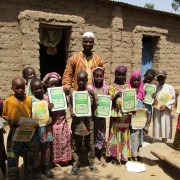
Two to three times a week, Moussa abandons his crops in order to walk his children to school. During the walk, he asks them about their classes and what they are learning. He also tells them about gifts that he can offer them if they do well throughout the school year. Once they arrive at school, Moussa talks with his children’s teacher about how he can support their learning at home.
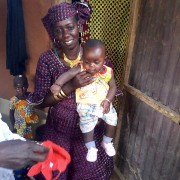
In Mali, maternity services remain underutilized. Although 80% of pregnant women attend antenatal consultations, only 43% are able to make four consultations before giving birth. About 33% of babies are born at home each year with a large disparity between urban and rural areas. Korera Kore health area is 86 km from the Nioro du Sahel referral hospital in the region of Kayes. Regrouping ten villages, it has a population estimated at 19,767 inhabitants, including 3,458 children under five and 4,345 women of reproductive age.
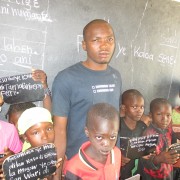
In Nianamalé village in Sikasso Region, south of Mali, Salif Koné had always taught in schools where French was the language of instruction. However, he would often have to speak Bamanankan—Mali’s national language—for his students to understand the content and fully participate in class. Despite having a diploma from the Teacher Training Institute, Koné struggled to teach reading and writing.
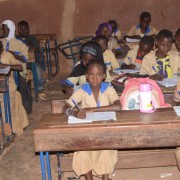
In Mali, 2.5 million people are estimated by World Health Organization to live with a disability. People with disabilities, especially children, face various social, cultural, and economic discrimination making them more vulnerable to violence, marginalization or exploitation. Moreover, opportunities for Malian children with disabilities are limited as communities and families fail to recognize their potential while schools are not prepared to meet their specific needs. In Sikasso, a region in southern Mali, children with disabilities are often out-of-school primarily because of long distances between their home and specialized schools for disabled children. Additionally, parents and schools cannot afford the cost of adapted school materials such as: braille paper, vision glasses or hearing aids. These specialized materials are much more expensive compared to the cost of regular class material.
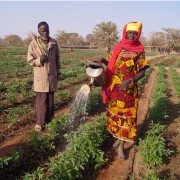
For the 1,100 women and men living in N’Goloclola, a rural village in the south of Mali, making sure that children in the community have access to nutritious food is a top priority. Community leaders, such as Famoussa Berthé, are deeply committed to making this happen.

Comment
Make a general inquiry or suggest an improvement.